Remove Skin Tags Leeds: Liquid Nitrogen Treatment Guide

Skin tags, common growths caused by friction, affect up to 47% of adults in Leeds. Liquid nitrogen (…….
Skin Tag Removal Leeds: A Comprehensive Overview
Introduction
In the bustling city of Leeds, a significant number of individuals seek solutions for skin tags, benign skin growths that can appear anywhere on the body. Skin tag removal has become a common concern among residents, with many turning to local dermatologists and clinics for safe and effective treatments. This article delves into the intricacies of skin tag removal in Leeds, exploring its relevance, the procedures involved, and the impact it has on individuals’ health and well-being. We will also examine the broader context of this medical service within the city’s healthcare system and its evolution over time.
Understanding Skin Tag Removal Leeds
Skin tag removal in Leeds is a specialized procedure offered by dermatologists and clinics to address the benign growths known as skin tags. These growths can vary in size, from tiny specks to larger, more noticeable blemishes, and are typically harmless but may cause discomfort or aesthetic concerns. The removal process involves various methods, including cryotherapy, surgical excision, and electrocoagulation, each with its own set of considerations regarding safety, efficacy, and recovery time.
Historically, skin tag removal has evolved from being a cosmetic concern to a more widely recognized medical procedure due to the potential complications that can arise if left untreated, such as bleeding or infection. Leeds, as a city with diverse demographics and healthcare needs, has adapted to these changes by providing accessible and advanced treatment options for its residents.
Global Impact and Trends
The phenomenon of skin tag removal is not confined to Leeds but is a global concern that reflects broader trends in healthcare, such as the increasing demand for cosmetic procedures and the advancement of medical technology. In different regions, factors like climate, lifestyle choices, and genetics influence the prevalence of skin tags among populations. For instance, areas with higher UV exposure may see more cases due to the role of sunlight in skin growths.
In countries where healthcare systems prioritize dermatological services, skin tag removal is often covered by public insurance, making it more accessible to a broader segment of the population. In contrast, in regions with less healthcare infrastructure, the focus may be on educating the public about the importance of skin tag removal for health reasons rather than cosmetic ones.
Economic Considerations
The economic landscape of Leeds is intertwined with the skin tag removal industry. As a city with a thriving economy and a significant healthcare sector, the demand for dermatological services has led to investment in cutting-edge treatment facilities and technologies. The skin tag removal market contributes to the local economy by creating jobs for medical professionals and supporting ancillary businesses, such as clinics and pharmaceutical companies.
The economic impact extends beyond Leeds, as the global skincare industry continues to grow, with dermatological treatments being a substantial part of this expansion. The economic dynamics here involve not only the direct costs associated with treatment but also the indirect benefits, such as improved quality of life for patients and enhanced public health outcomes.
Technological Advancements
The field of skin tag removal has seen significant technological advancements in recent years. Innovations like cryotherapy have been refined to minimize discomfort and improve success rates. Laser treatments have become more precise, reducing the risk of scarring while effectively removing skin tags. Additionally, new technologies such as radiofrequency ablation offer alternative treatment options with minimal downtime.
Looking to the future, we anticipate further advancements in technology that will make skin tag removal even safer and more efficient. The integration of AI and machine learning could lead to personalized treatment plans based on individual patient profiles, ensuring the most effective approach for each case.
Policy and Regulation
In Leeds, as in many places, skin tag removal is governed by a set of policies and regulations designed to protect public health and safety. These include guidelines on the training required for medical professionals performing skin tag removal procedures, standards for clinical settings, and protocols for post-treatment care.
Legislation also plays a role in regulating the advertising and marketing of such services, ensuring that consumers are provided with accurate information about the risks and benefits of treatment. Compliance with these regulations is essential for maintaining the trust and safety of patients seeking skin tag removal in Leeds.
Challenges and Criticisms
The field of skin tag removal is not without its challenges and criticisms. One common concern is the potential for complications, such as infection or scarring, which can be exacerbated by improper technique or inadequate aftercare. Additionally, there is a critical need for public education on the importance of seeking professional medical advice before attempting to remove skin tags oneself.
To address these issues, clinics and dermatologists must emphasize patient education, safe practices, and adherence to medical standards. By staying abreast of the latest research and advancements in the field, healthcare providers can offer the highest quality of care and mitigate the risks associated with skin tag removal.
Case Studies
Several case studies illustrate the successful application of skin tag removal procedures in Leeds. For example, a study conducted at a local dermatology clinic demonstrated the effectiveness of laser treatment for removing multiple skin tags with minimal side effects and quick recovery times. Another case involved a patient with a significant number of skin tags due to a genetic condition, whose quality of life was dramatically improved following a series of treatments.
These real-world examples not only highlight the benefits of professional skin tag removal but also underscore the importance of tailoring treatment plans to individual patient needs and circumstances.
Conclusion
Skin tag removal in Leeds is a multifaceted issue that touches on medical, economic, and social aspects of city life. With advancements in technology and adherence to strict regulatory standards, it has become a widely accessible service that addresses both health concerns and cosmetic issues. As the demand for dermatological services continues to grow globally, Leeds remains at the forefront of providing safe, effective treatment options for residents. The future of skin tag removal is promising, with ongoing research and technological innovation poised to further enhance patient care and outcomes.
This post was created by an AI and edited by a human. Have any questions about skin tag removal or anything else? Contact us here!

Skin tags, common growths caused by friction, affect up to 47% of adults in Leeds. Liquid nitrogen (…….

Skin tags, caused by various factors, can be removed at home using non-surgical methods or professio…….

Skin tags, caused by friction in skin folds, can be prevented through hygiene, diet, and stress mana…….

Genetic predisposition and lifestyle factors, including obesity, friction, hormonal changes, and agi…….

Skin tags, benign growths on neck, armpits, and groin, caused by friction or genetics. High demand f…….

Skin tags, common growths on neck, armpits, and groin, can be removed in Leeds via non-surgical meth…….

Skin tags, caused by friction, are common growths on certain body parts and can be removed for cosme…….

Skin tags, though often harmless, require professional attention in Leeds to prevent infections, ski…….

Genetic predisposition plays a significant role in skin tag development, with family history increas…….

Skin tags, common growths on neck and armpits, can be removed in Leeds via non-surgical methods like…….

Skin tags, common in areas of friction, can cause discomfort. Leeds residents have various Skin Tag…….

Skin tags, benign growths common in specific areas, are caused by friction, irritation, and genetics…….

Skin tags, harmless growths caused by abnormal collagen, often appear in rubbed areas like neck, arm…….

Skin tags, harmless but unsightly bumps, appear in various areas and types. Causes include friction…….

Skin tags in Leeds can be safely removed with non-surgical methods like cryotherapy, surgical excisi…….

Skin tags, common growths from friction, can be addressed through various methods in Leeds. Non-surg…….
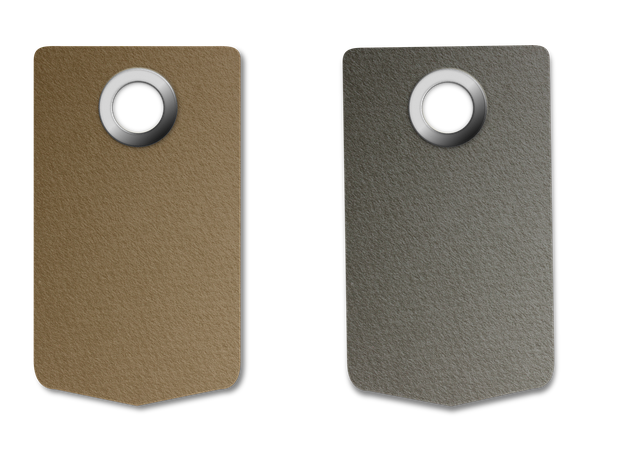
Skin tags, caused by genetics, friction, and health conditions, are commonly removed for cosmetic re…….

Skin tags, common growths appearing anywhere but often on neck/groin, come in various types. Leeds o…….

Skin tags, benign growths at friction points, prompt cosmetic or comfort removal interest. Non-surgi…….

Skin tags, benign growths, appear in areas of friction and trauma. Non-surgical home removal methods…….

Skin tags, caused by friction and medical conditions, can be prevented through lifestyle changes and…….

Skin tags, caused by friction or hormonal changes, can be removed at home using natural remedies lik…….

Skin tags, caused by friction or irritation, are common on neck, armpits, groin, and ankles. Harmles…….

Skin tags, common growths on neck, armpits, and groin, can be removed naturally with tea tree oil in…….

Skin tags, benign growths common on neck, armpits, etc., have various causes. Consulting a dermatolo…….

Skin tags, benign growths on body parts like neck and armpits, range from small warts to flesh-color…….

Skin tags, benign growths caused by friction or genetics, can be removed at home using natural metho…….

Skin tags, caused by friction or irritation, are common on neck, armpits, groin, and wrists. Increas…….

Skin tags, caused by genetics, hormonal changes, obesity, and friction, can be treated at home with…….

Skin tags, inherited growths that can be removed for cosmetic reasons, are common on areas like the…….
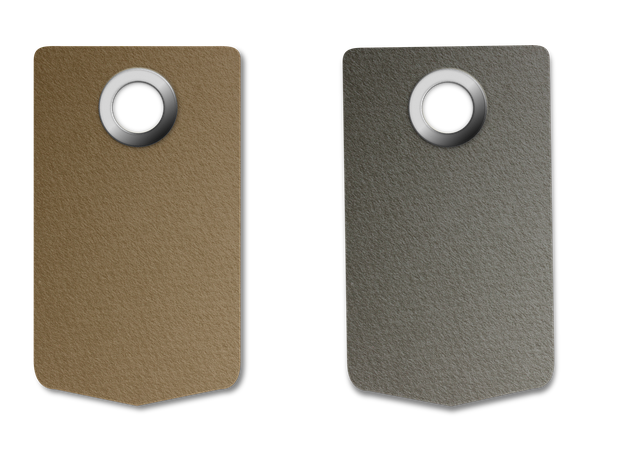
Skin tags, ranging from harmless growths to those caused by friction, are commonly treated through n…….
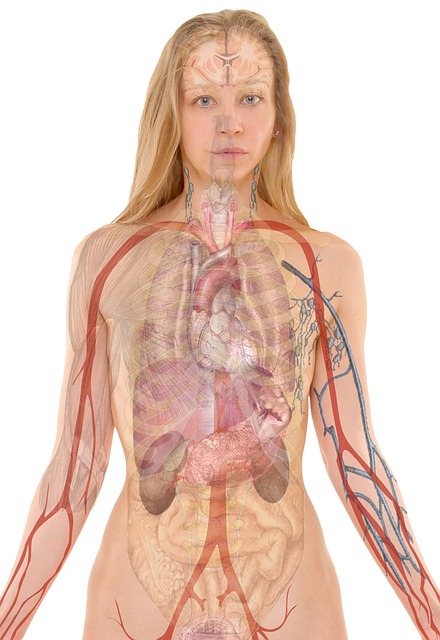
Skin tags, harmless yet cosmetically concerning soft skin growths, develop due to friction, obesity,…….

Skin tags, common growths caused by friction, appear most often on the neck, armpits, and groin. The…….

Skin tags, though generally harmless, can become infected if damaged. Individuals with compromised i…….
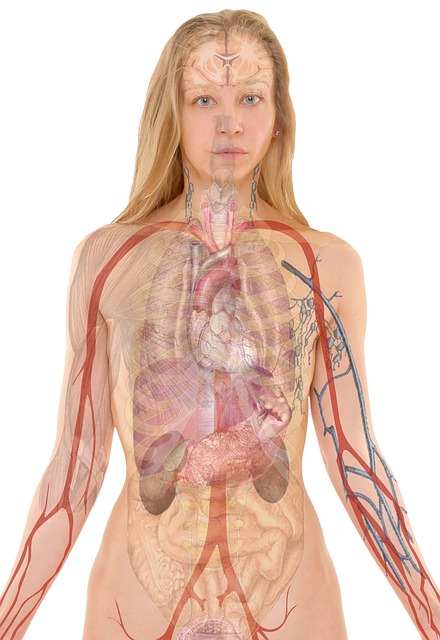
Unwanted skin growths like tags and warts are common issues addressed by Skin Tag Removal Leeds serv…….

Skin tags, common growths in sensitive areas, are caused by friction. Removal options in Leeds inclu…….

Skin tags, medically known as acrochordons, are common skin growths caused by protein clumping, ofte…….

Skin tags, harmless growths caused by friction or genetics, can be removed through non-invasive meth…….

Skin tags, common growths on neck, armpits, and groin, can be removed in Leeds using various methods…….

Skin tags, medically known as acrochordons, are small skin growths caused by friction, commonly appe…….

Skin tags, small soft skin growths common in middle-aged adults, are often removed for cosmetic reas…….

Skin tags, or acrochordons, are soft skin growths caused by friction, commonly appearing in folded a…….
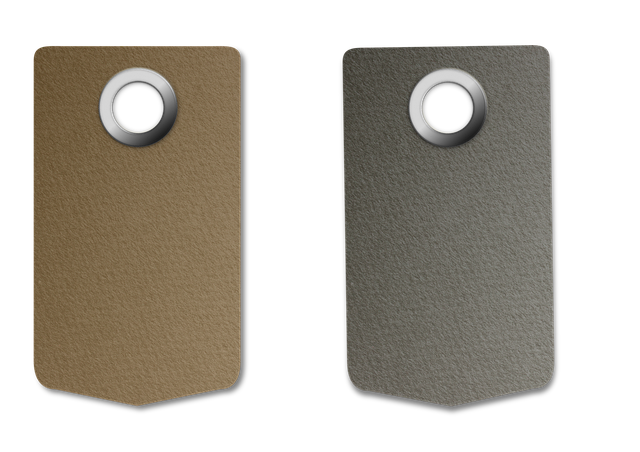
Skin tags, though harmless, can cause discomfort and self-consciousness. Regular checks are recommen…….

Skin tags, medically known as acrochordons, are common growths that can be removed in Leeds using sc…….

Skin tags, harmless yet cosmetically bothersome growths, commonly appear in areas of friction. While…….

Skin tags, caused by friction and irritation, are preventable through lifestyle changes like weight…….

Skin tags, benign growths commonly appearing on the neck, armpits, or groin, can be removed for cosm…….